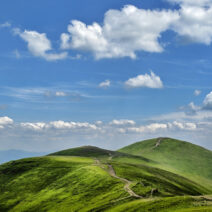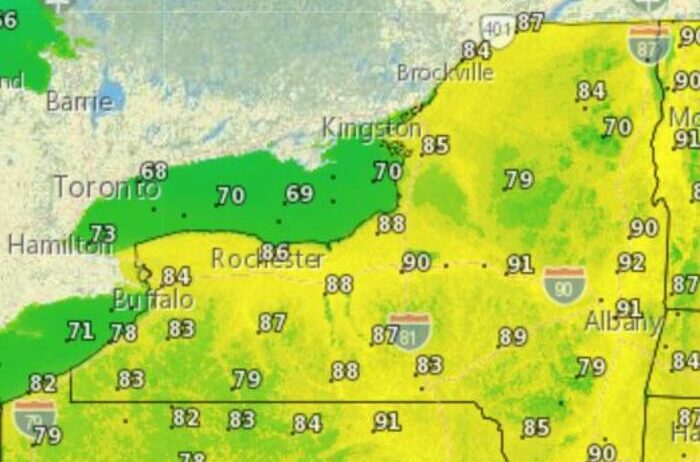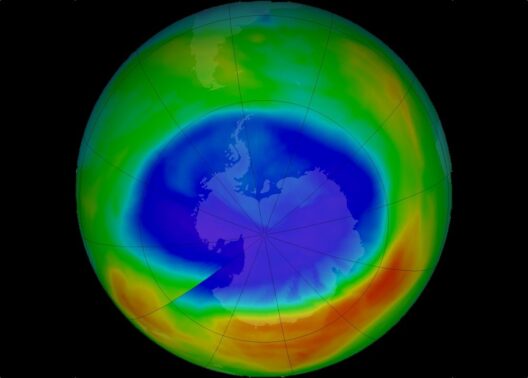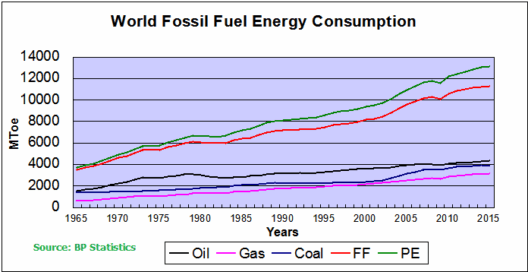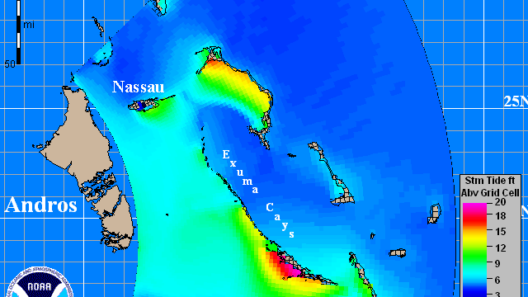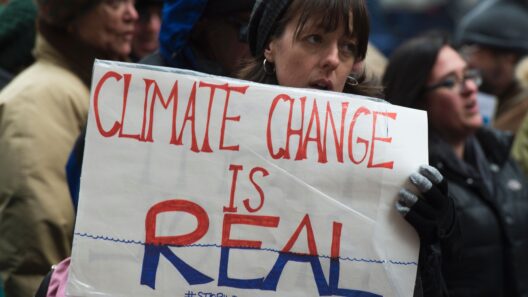New York’s climate is a remarkable tapestry woven from diverse atmospheric conditions and geographic influences. This diversity is often overlooked by many, but it encompasses everything from the sweltering heat of the bustling metropolis to the crisp, cool air of the upstate regions. Each area offers its own unique climate experiences that not only reflect the character of the place but also the environmental challenges posed by climate change.
At its core, New York’s climate can be broadly categorized into two distinct zones: the urban heat of New York City and the cooler, more temperate conditions found in upstate New York. This dichotomy is a fascinating reflection of geography, population density, and urban planning. In the city, human activity contributes significantly to the local climate. Asphalt, concrete, and sprawling infrastructures amplify temperatures, creating what is known as the urban heat island effect. Here, the average temperature can be several degrees warmer than surrounding rural areas, especially during summer months.
Conversely, upstate New York, characterized by its expansive forests, lakes, and rural landscapes, exhibits a more moderate climate. It enjoys four distinct seasons, each with its own personality. Winters can be severe, with heavy snowfall accumulation, particularly in the Adirondacks and the Tug Hill Plateau. Summers bring a refreshing reprieve, with lower humidity and milder temperatures compared to the sweltering summers in the city. This stark contrast begs the question: why do we find these climatic differences so captivating?
One reason lies in the fundamental human connection to nature and environment. Climate impacts our daily activities, from how we dress to how we plan our leisure. In the city, the relentless summer heat may drive residents to seek refuge in air-conditioned environments or along the cooler shores of the surrounding rivers and beaches. On the other hand, upstate residents embrace the cold, engaging in winter sports, and reveling in the stunning beauty of snow-covered landscapes. Each experience fosters a sense of appreciation for the distinct climates found within the state.
Moreover, the climatological patterns observable in New York are increasingly influenced by larger global phenomena. The effects of climate change are palpable across both regions. Rising temperatures, erratic precipitation patterns, and more frequent extreme weather events serve as harbingers of an unpredictable future. In the city, intense heat waves are becoming more common, prompting public health concerns regarding heat-related illnesses, particularly for vulnerable populations.
In upstate New York, the implications of climate change manifest quite differently. While historically mild winter conditions served as a haven for outdoor enthusiasts, warming temperatures have led to decreased snowfall and shortened winter seasons. This shift alters not only the landscape but also the local economy, which relies heavily on winter tourism. As climate-driven changes continue to unfold, the environmental integrity of both urban and rural settings in New York hangs in the balance.
Indeed, the fascination with New York’s climate transcends mere weather patterns; it intertwines with vital environmental issues. Consider the impact of urbanization versus conservation. In New York City, green spaces like Central Park provide not just aesthetic beauty but also critical functions as air purifiers and biodiversity refuges amid the concrete surroundings. Conversely, upstate New York’s vast forests are home to diverse ecosystems that require preservation in the face of encroaching development and climate threats.
Moreover, examining New York’s climate invites reflection on energy consumption and sustainability practices. The city, with its dense population, necessitates immense energy resources for transportation, heating, and cooling. The challenges of this high demand raise questions about renewable alternatives and energy efficiency. Upstate regions, although benefiting from their abundant natural resources, must contend with the ramifications of industrial activity and agricultural practices. The interrelationship between local economies and environmental stewardship becomes an essential topic of conversation.
As New York continues to grapple with the effects of climate change, the issue transcends geographical boundaries. The state’s climate variability serves as a microcosm for broader global discussions on environmental sustainability. New York’s varying climate conditions spotlight the urgent need for adaptive measures that balance human development with ecological preservation.
In conclusion, the climate of New York reflects a rich mosaic of human experience and environmental interaction. From the bustling streets of New York City, where the heat feels almost palpable, to the serene beauty of upstate’s landscapes, each area tells a story of adaptation and resilience. As climate change intertwines itself more deeply into our lives, understanding these diverse climatic influences becomes crucial for shaping sustainable futures. The allure of New York’s climate is not merely in its extremes, but in its ability to teach us about our relationship with nature and the pressing need to act to preserve it for generations yet to come.


